
Flamingos are large birds classified into six different species. They belong to the family Phoenicopteridae. Their characteristic physical traits include long necks, pink feathers and stick like legs. In addition, flamingos are also seen standing on one leg – another one of their identifying marks. Many more such interesting facts are related to these fascinating birds. Read on to discover more information about flamingos.
Habitat
These fabulous birds prefer living around saline or alkaline water bodies. They are mostly found in or near shallow lakes and lagoons. They are also found in mangrove swamps, on sandy islands as well as around tidal flats. In case the level of water in these areas drops, flamingos may relocate towards other sources of water. All species of the birds are mostly found in tropical as well as subtropical regions.
Physical Traits
These large birds consist of brightly colored feathers as their most conspicuous characteristic trait. The shade may range from bright pink to crimson. The bird’s size may vary from 47 to 59 inches in length. Their appendages can be as long as the entire body length of a grown up flamingo, measuring around 31.4 to 49 inches. Moreover, their long legs contain nineteen cervical vertebrae which contribute to smooth movement and lots of twisting.
Feeding Habits
Flamingos are omnivores. Therefore, they obtain nutrition from plant matter as well as meat. The preferred diet of these birds consists of small insects, mollusks, larvae, small fish, crustaceans as well as algae. The tongue of a flamingo contains small projections resembling bristles. These projections help in filtering the water as well as particles of food while ingesting them.
Social Behavior
Flamingos love to live together in groups which are referred to as colonies. The purpose of these colonies is to provide protection to each other from potential predators. In addition, members of the colony also care for the young ones. On the other hand, as far as the mating is concerned, flamingos are monogamous. Once they choose a mate, they stay with the same individual.
Natural Adaptations
Flamingos contain special traits which help them in adapting to their environment. These natural adaptations are explained below and provide fascinating information about flamingos.
- This wading bird consists of webbed feet and long legs which support this activity. The long legs help in wading across deep waters. On the other hand, the webbed feet provide support and balance while walking through soft mud or sand.
- Flamingos take in oxygen from the air through lungs. They are adapted to hold their breath under water while they are feeding.
- The bird is often seen standing on one leg with the other one curled under the body. This plays an important role in thermoregulation of the body since the curled leg keeps the foot warm.
- The only source of fresh water for these birds is boiling geysers. Flamingos are adapted to drink water at extremely high temperatures and can, therefore, consume boiling water comfortably.
Interesting Facts
Here is a list of some random and interesting facts and information about flamingos.
- The pink or crimson color of a flamingo is because of what the bird eats. It is a special kind of algae which is high in beta carotene – a naturally occurring chemical which contains orange pigment.
- A typical day in the life of an individual flamingo is mostly spent in feeding, bathing and resting. Another important activity is known as preening which involves the distribution of oil from a gland located at the base of the bird’s tail to its feathers. The purpose of preening is to provide waterproofing to the feathers.
- All adult flamingos in a colony mate at the same time so that all the eggs are laid and hatched at the same time.
- Although they are mostly observed to be wading birds, flamingos are also strong fliers as well as swimmers.
- At birth, flamingo chicks are grayish or white in color. It takes three years for the plumage to turn to the characteristic pink or orange shade.
- A flamingo’s ankle is located half way up the leg while its knee is way up closer to the body.
- A colony of flamingos is known as flamboyance. The number of members found in each colony may range from 2 to 340.
- The bird has a life expectancy of twenty to thirty years.
- The species with the tallest flamingos is known as greater flamingo. It is 47 to 59 inches in height with a weight of 3.5 kilograms. On the other hand, the species with the shortest members is known as the lesser flamingo. The height of lesser flamingos is around 31.5 inches with 2.5 kilograms of weight.
- Flamingos communicate among themselves through special vocalization as well as visual displays.
- Baby flamingos are fed crop milk by their parents. This liquid is produced in the throat of both the parents.
- Two or more species of the bird may be found co-existing in the same location. Therefore, interspecies interaction among flamingos is not a rare observation.
- Birds consist of a poorly developed sense of taste. However, flamingos have tactile organs on their tongues which help in ensuring that only food matter is ingested.
- The magnificent bird lacks the sense of smell. However, its hearing and eyesight are extremely well-developed.
Conservation Status
Since the number of flamingos existing around the world is quite stable, the bird is not grouped with endangered species. In fact, its conservation status is “least concern”. As long as there is a source of water and availability of food, flamingos can survive in temperate as well as cold environments. However, any damage to their natural habitat can cause a decline in their number, putting them at potential risk of endangerment.
Latest Birds
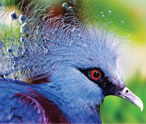
Victoria Crowned Pigeon
With its name...read more
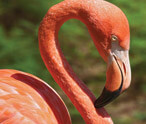
Information About Flamingos
Flamingos are...read more
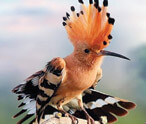
Hoopoe Bird
Famous for its distinctive crown of...read more
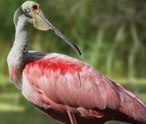
Roseate Spoonbill
The beautiful Roseate Spoonbill...read more
Latest Mammals
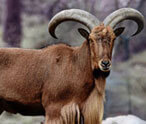
Types Of Goats
Goat is a mammal that belongs... read more
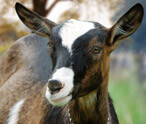
Goat Facts
A domesticated form the wild goat of...read more
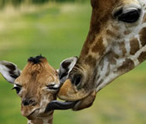
Giraffes Facts
Giraffes are creatures with extremely...read more


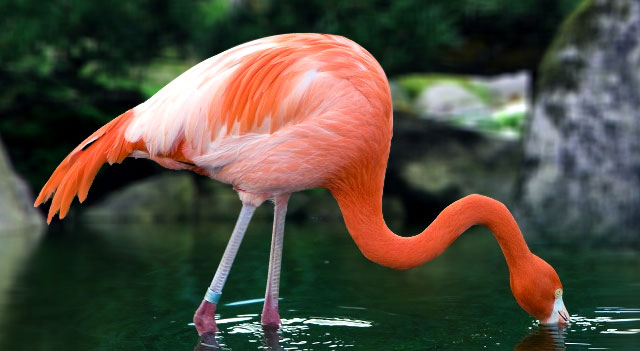


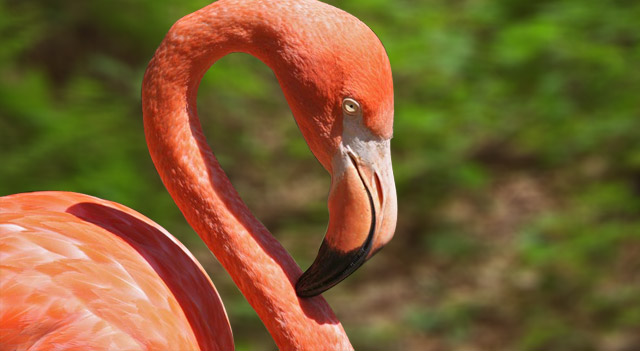
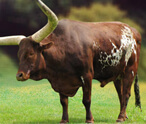

















Largest Birds of Prey in the World by Size and Weight
Also called raptors, the birds...
List of Birds That Fly in V Formation
Did you ever feast your eyes on the amazing phenomenon...
Birds of Prey List
A bird of prey is also known as a raptor or a hunter. It belongs to the group of...
Millipedes Vs Centipedes
Centipedes and millipedes are both arthropods from the group...
Difference Between Warm Blooded and Cold Blooded Animals
Every living organism...
Top 10 Extremely Dangerous Insects
The insects have been grouped in class 'insecta' of...
Sheep Vs Goat
The goat and the sheep are related to each other through the same family. They...
Animals with Blue-colored Blood
Humans and other vertebrates have red-colored blood running...
Birds, Mammals And Reptiles
Before coming to the question of common ancestry of birds...